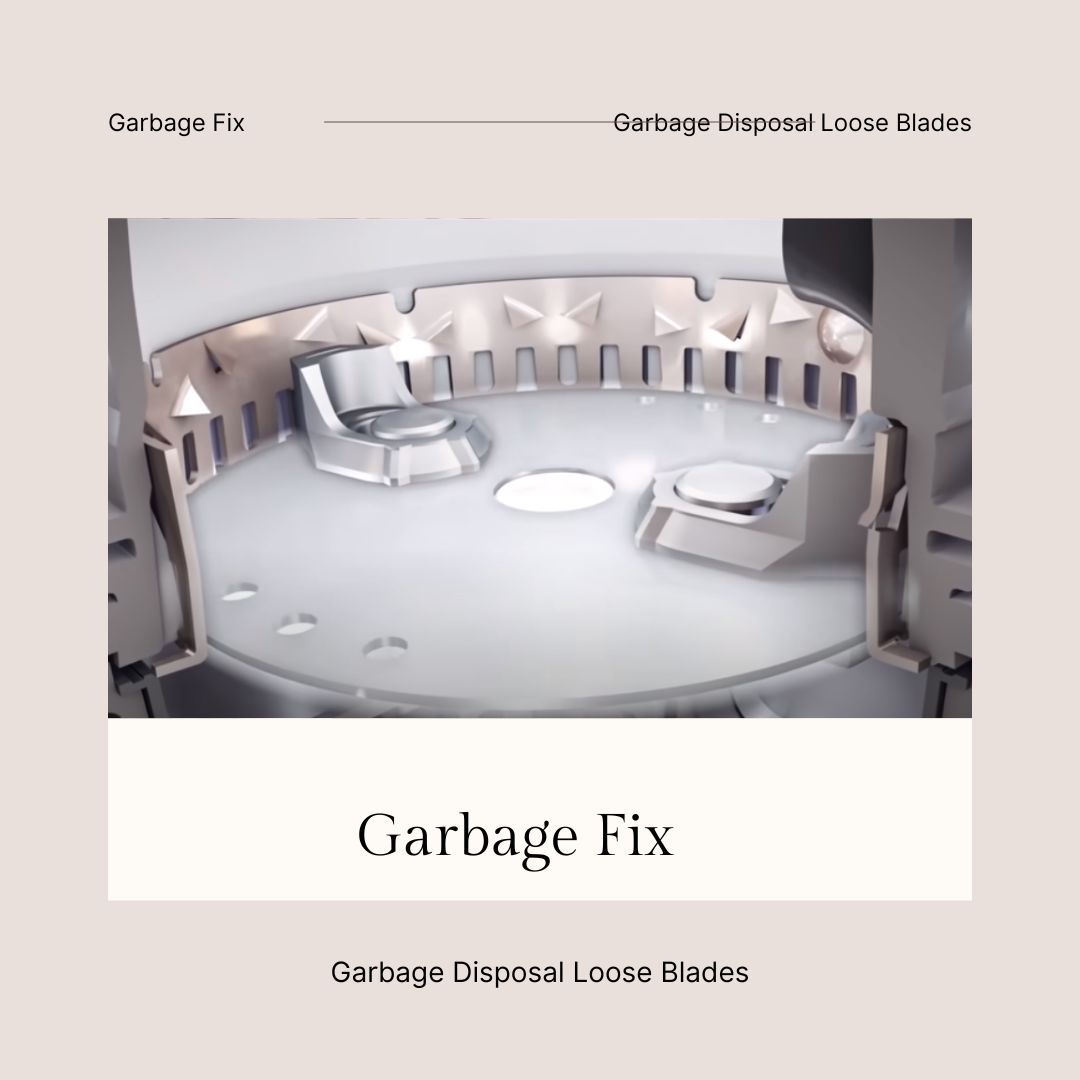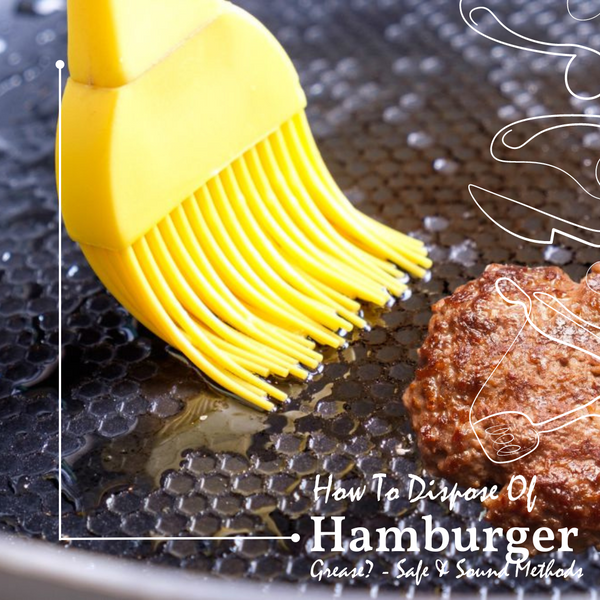Inside, powerful blades shred up food crumbs into tiny bits. The type of particles that the water can easily flush down the drain. The shredded food scraps allow wastewater to flow more easily through the sewers. The electric motor of the garbage disposal spins in a circular motion.
When you turn the trash disposal on, the food scraps within will fall into a rotating metal inside the crushing chamber, where they will be crushed. Two impellers of metal arm throw the food scraps against the spinning metal. Repeatedly doing this causes the food waste to be shredded into extremely small pieces by the sharp edges of the blades, which can then fit through the perforations in the ring and be flushed away.
Garbage disposals that accept a steady stream of rubbish operate automatically. It begins digesting food leftovers before they are ever added. A switch on the other side initiates batch-feed waste disposal. A switch is flipped when the chamber is full of food scraps to start the operation.
Garbage disposal loose blades
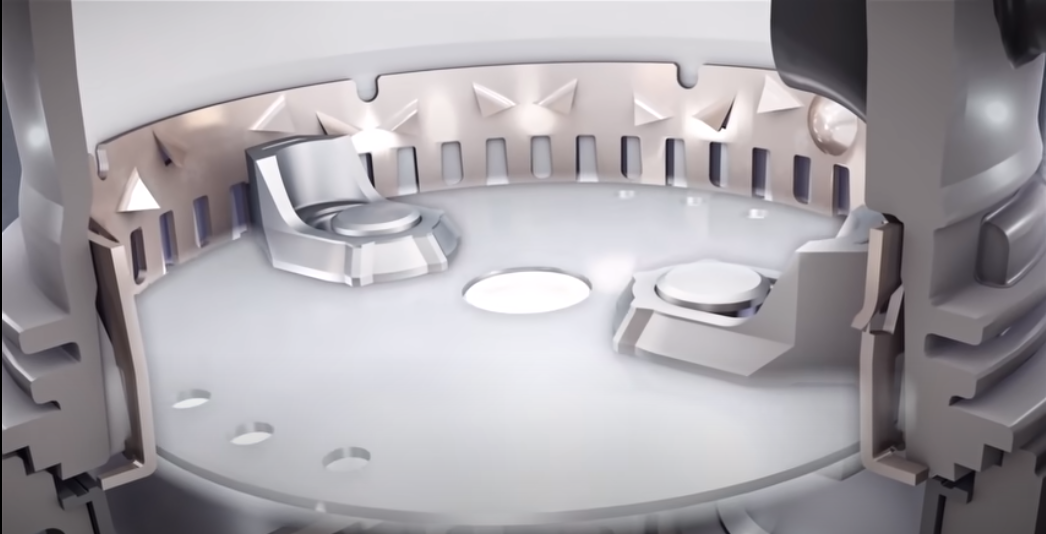
Before undertaking any repairs, turn off the trash disposal. Turn off the power before sliding your hand inside since you need to reach inside. The power cord for the trash disposal is usually found behind the sink. Follow the cord from the disposal to remove the plug from the wall.
Before working on the trash disposal, ensure it is unplugged from the wall. Simply turn the wall switch to determine if the trash compactor is hooked and operational.
Inspect the disposal to ensure that nothing is caught in the blades. When something becomes stuck in the trash disposal, it stops working properly. Unplug the garbage disposal and reach inside with safety gloves to locate the blades.
If food scraps continue to get lodged beneath the trash disposal blades, they are most likely loose.
Remove the trash and any items that have become trapped. To remove difficult garbage, insert the end of a broom handle into the disposal and use it as a lever on the side of one of the blades. By pressing on the broom handle, You can remove the trapped items.
Turn on the water and connect the device beneath the sink. Turn on the electricity to the garbage disposal to test it. Avoid using too much force and break the sink's fixtures.
Grab the edge of one blade and pull up while the device is unplugged. If there is little vertical movement, the rivet holds the blade firmly against the plate of the impeller.
Examine the trash disposal inside to ensure it is working properly. Using a flashlight, inspect what's going on inside the trash compactor. When the trash disposal blades become loose, the performance suffers significantly.
The blades are either loose or damaged if you observe whole food waste within the trash disposal. Check that the waste disposal has adequate drainage. If the blades are loose or damaged, the garbage disposal will be unable to grind up any remains, potentially resulting in a clogged sink. Purchase new garbage disposal or have the old one repaired by a professional.
Problems that cause excessive noise and breakdowns
If your garbage disposal creates a jarring noise, it's likely due to something hard, such as a bone inside. Of course, if the disposal is very old, a piece of the motor may have come loose, but it would no longer work.
The most common problem with the shredder ring is simple clogging, so if the disposal takes longer than usual to grind food or becomes regularly blocked, it's usually due to this. Starchy foods such as potatoes, pasta, and rice can clog a shredder ring like cheese can clog a cheese grater. These are some foods to avoid when using a garbage disposal.
Should Garbage Disposal Blades Be This Loose?
The waste disposal blades are possibly the most important component of the equipment. It's the same as not having anything that can be shredded or cut. The impeller plate rotates, and clamps hold the blades in place. The garbage disposal is a powerful yet possibly hazardous piece of machinery.
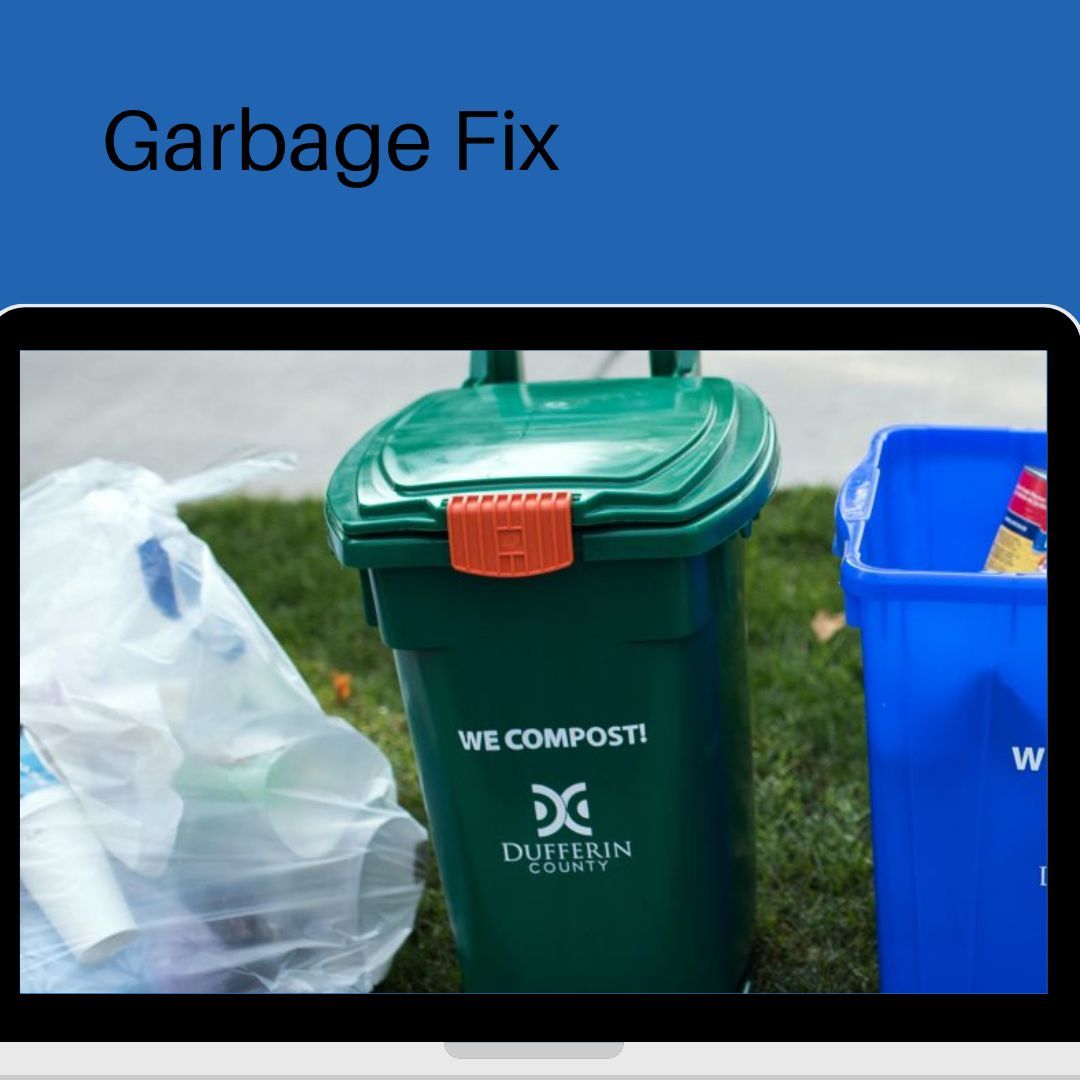
As a result, to guarantee the highest level of functionality and security, One must adequately tighten all of its components. Its blades are also included in this. You should not use your trash disposal if the blades are loose. Garbage disposal blades should be riveted tightly in place
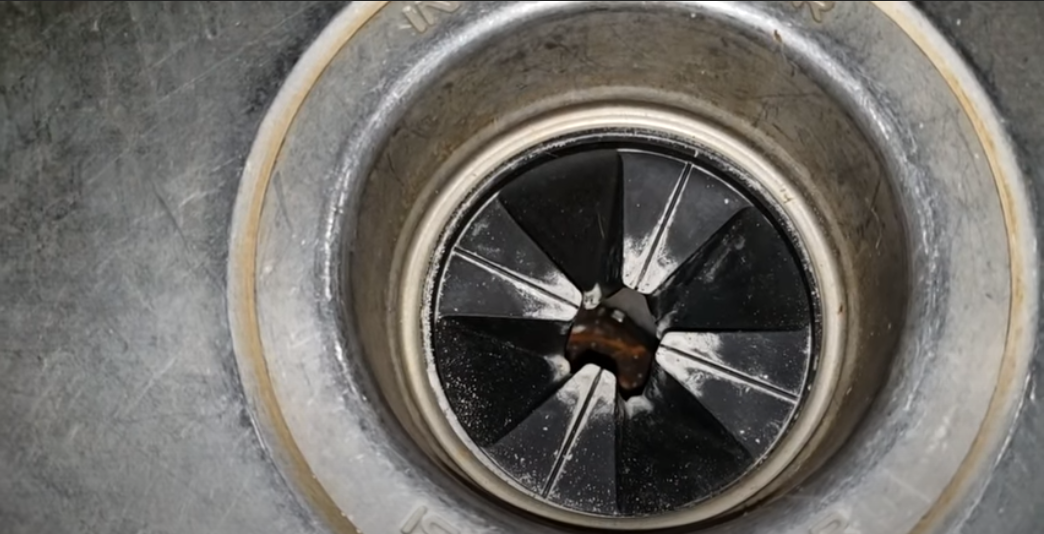
Conclusion
The shredder ring is the waste disposal component that grinds up food scraps. It's only a few inches across and goes around the edge of the canister, directly above the rotor, the flat, circular plate that spins when the machine is turned on.
The job of those elongated impellers you might have mistaken for blades is to toss food particles against the shredder. The impellers are free-floating, allowing them to oscillate in reaction to the rotation of the rotor, creating additional launching force.
They rarely become severely loose, but when they do, tightening them requires disassembling the trash disposal, which may not be possible. Because it is a major job with an unclear outcome, replacing the disposal is usually more cost-effective.


